Is there a way to easily modify the font-face under cursor?
For example, the text in blue below is hard to read:

The above is the output of
ipython --color "Linux"
running on an ansi-term with tango-dark in Emacs 24.1, i.e. (load-theme 'tango-dark t)
If I run what-cursor-position on the image above (described here: Get font face under cursor in Emacs), I get:
position: 30385 of 30477 (100%), column: 22
character: / (displayed as /) (codepoint 47, #o57, #x2f)
preferred charset: ascii (ASCII (ISO646 IRV))
code point in charset: 0x2F
syntax: _ which means: symbol
category: .:Base, a:ASCII, l:Latin, r:Roman
buffer code: #x2F
file code: #x2F (encoded by coding system nil)
display: by this font (glyph code)
xft:-unknown-DejaVu LGC Sans Mono-bold-normal-normal-*-11-*-*-*-m-0-iso10646-1 (#x12)
Character code properties: customize what to show
name: SOLIDUS
old-name: SLASH
general-category: Po (Punctuation, Other)
decomposition: (47) ('/')
There are text properties here:
face (:weight bold :foreground "blue2" :background unspecified)
How can I modify this font?
In case you are wondering IPython only supports three color sets:
NocolorLinux(the one I am using above)LightBG(for light backgrounds)
Update:
I think font-lock-string-face is a different face:

In fact, I think that's not the face that IPython uses to represent strings, but the face that python-mode uses to represent strings in a buffer with regular python code (in tango-dark) -- see below --.
